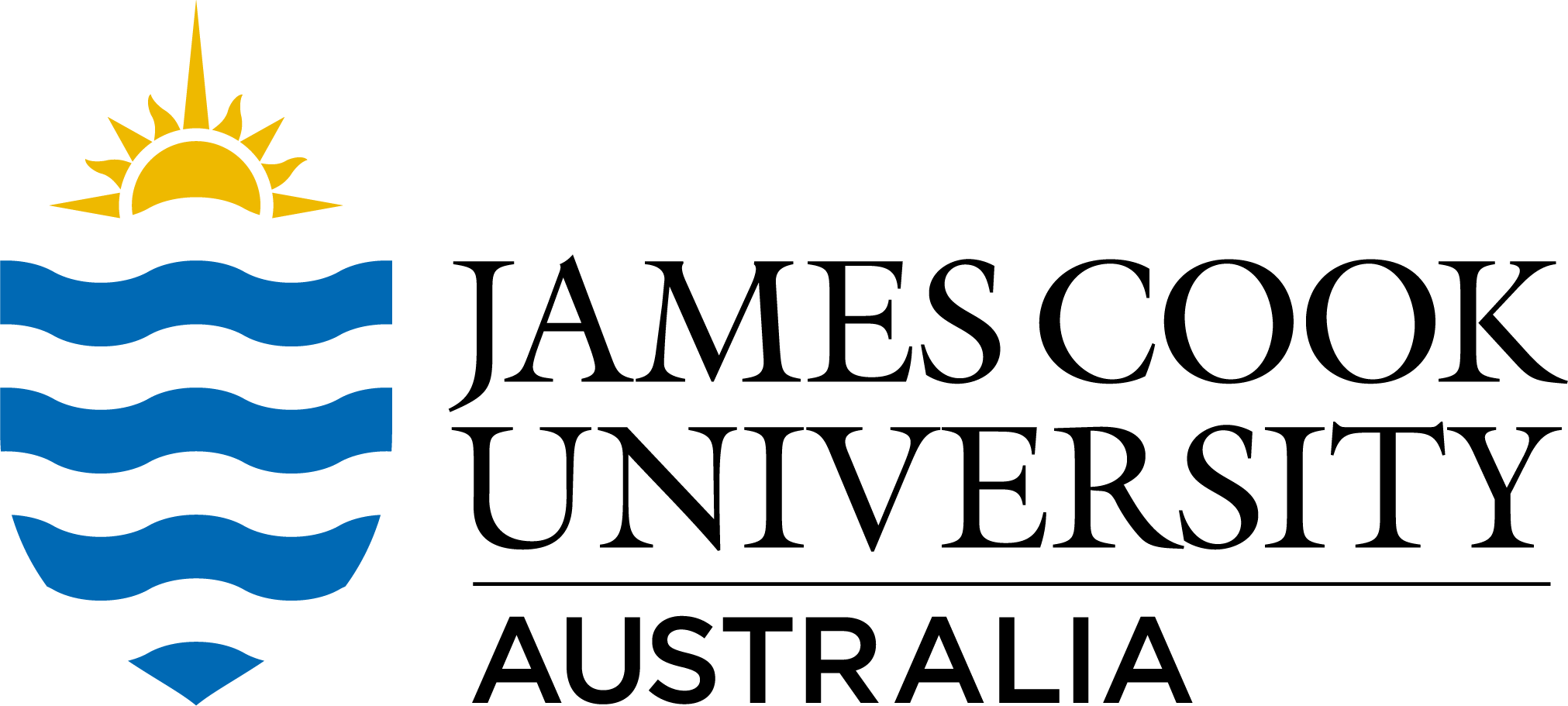Full description
Project summary: Survey and interview data were collected from relevant stakeholders to investigate the effectiveness of physical activity referral pathways. The research questions explored the views of the participants on key determinants of physical activity (PA) and physical activity referral schemes (PARS) promotion. The factors explored included participants’ knowledge, beliefs, behaviours, perceptions and recommendations about PA and PARS. The research was conducted in three stages: The first stage involved two systematic reviews that investigated the global views of patients and HCPs regarding the promotion of PA and PARS. The findings from this stage informed the need for the second (mixed methods studies) and third (qualitative study) stages of the research, which involved in-depth investigations of the perspectives of PARS stakeholders on their experiences of the functionality of PARS within an Australian context. For these two stages of the research, participants included Australian GPs, EPs and patients with chronic disease(s), aged 18 years and above. A sequential explanatory mixed methods research design that included quantitative online surveys and qualitative telephone interviews was adopted for the two mixed methods studies conducted in stage two. The first mixed methods study explored patients’ views on the efficacy of PARS programmes. The second mixed methods study investigated the perspectives of HCPs (GPs and EPs) on the coordination of care for PARS users. Descriptive statistics including frequencies, percentages, means and standard deviations were used to analyse the demographic characteristics of participants. Shapiro Wilk’s test, an inspection of histograms and q-q plots were used to test for normality. Non-parametric statistical tests including Mann Whitney U and Kruskal Wallis tests were used to compare the relationships between variables. The data were presented as frequencies and means ± SD, with an alpha value of 0.05. Framework analysis was employed for the synthesis of the stage two qualitative data. To increase the credibility and validity of the findings in stage two, the results from both strands of each of the two mixed methods studies were triangulated. In stage three, a qualitative pluralistic evaluation approach was utilised to explore and synthesise the recommendations of all stakeholders (GPs, EPs and patients) on how to enhance the effectiveness of the PARS programme.
This dataset consists of the survey data for general practitioners (GPs) and exercise physiologists (EPs)
Software/equipment used to create/collect the data: Survey data was analysed using SPSS version 27.0 (IBM Inc, Chicago IL).
Variable labels and data coding are explained in the variable view of the attached SPSS file and in the Codebook (PDF) provided.
The full methodology is available in the Open Access publication (PLoS) from the Related publications link below.
The systematic reviews and other publications relating to the patient surveys are also available from the links provided.Created: 2022-05-31
Data time period: 11 2019 to 31 07 2021
text: Australia
User Contributed Tags
Login to tag this record with meaningful keywords to make it easier to discover
- DOI : 10.25903/F8ZJ-MJ29

- Local : researchdata.jcu.edu.au//published/b296edf050f811ec8178bfe67171bb3e


